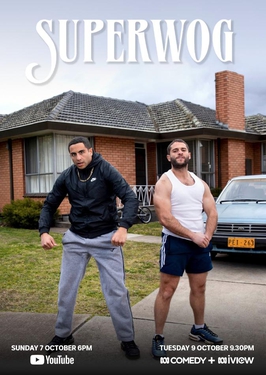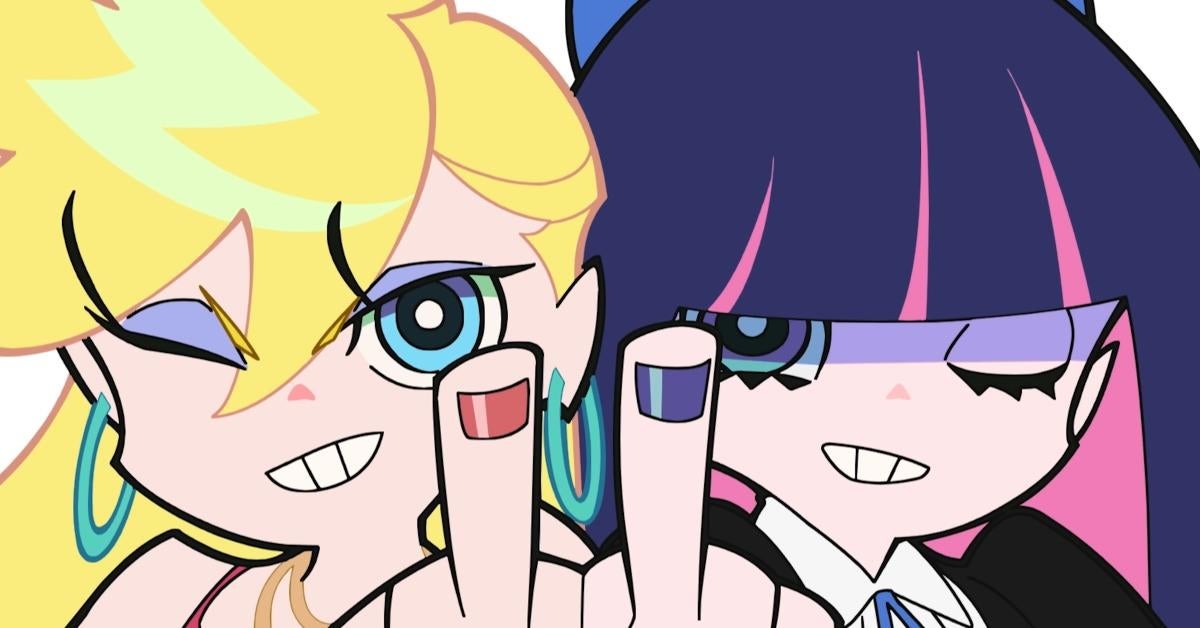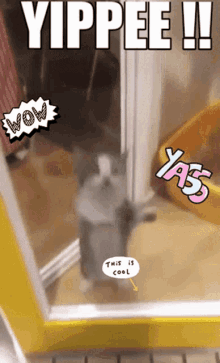This week we continued to cement our planning and did our informal group pitches.
Throughout this week we continued to develop our ideas, and discussed some key themes; we found that we really wanted to explore a central theme of, “What does it mean to live a student life?”.
I did some research on typical stereotypes of students, particularly how they’re inaccurate and stale. the guardian potently puts it as “Every fly-on-the-wall documentary or dramatic representation of British students casts the same collection of characters; “the lad”, “the slut”, “the introvert” and “the geek”.”(2014).
my group really wanted to avoid these two-dimensional characters, and instead focus on a story more reminiscent of our lived experiences as university students in 2024. Rather than stereotypes of constant parties and hook-ups, we wanted to hone in on our experiences studying, particularly as a full time student struggling with the cost of living. For example, Casita states that “The average cost of living for a student in Melbourne is around AU$2,000 per month.” (2023). The Australian Bureau of Statistics similarly states in their ‘Selected Living Cost Indexes, Australia, Living costs for households whose main source of income is government payments recorded the next strongest rises’ (2024) subheading, that as the title implies, those on Centrelink and other government payments such as elderly and students, have risen in costs.
I can’t speak for all my group members, but as someone whose entire income is Centrelink (of which half I give to my family) and gig work as the job market is so dire, this is incredibly difficult to maintain. All those I’ve talked to are always surprised by how expensive everything is and how little work is going around, so I want to highlight this disparity through a drama film, and accentuate our struggles to those who may be unaware of the full extent.
In class we did a brainstorm activity in which we ‘vomit drafted’ ideas for the film, such as lines, events, dynamics etc. essentially, our goal was to think of as many possible film components and aspects as we could within a time limit. We likewise worked on a ‘vomit draft’ each (attached below) in order to begin to understand our desired narrative beats, style of film, and individual ideas.
Brainstorm activity
- student struggling at the supermarket to decide between 4.50 noodles or 4.30 noodles
- student meal consisting of two slices of salami some crackers a yoghurt and peanut butter sandwich
- alternative types of students like maybe an academic one who abuses the system such as perfecting two assessments in a subject then choosing not to do the last one (knowing they’ll still pass the subject thanks to the first two) because they cant be fucked
- why are students always tired e.g they stay up all night gaming crying arguing online etc.
- professors giving shitloads of assessments and work and asking students why they didn’t complete it while student is juggling 4 subjects and professor is at the club bc they only have one class ( i am aware this is inaccurate for many sorry Bradley I know you work very hard this is not directed at you)
- students being confused about aspects of Melbourne like how tf do you use a tram how to drive in city why is city layout like That etc.
- struggle of finding a job e.g. like those modern job interview tik toks where they be like hey i want a job ok do you have 2000 hours of work experience 4 degrees and a hamster what no im 19- cant hire you sorry not qualified – but this is a cashier job at mcdonalds??
- struggle of meeting up with friends bc half have class when you dont or work full time
- joke about how tiny most student living is apparently like living in shitty single room apartment for 67000000 a week thing
- weird ppl you see in the city sometimes? idk maybe its a me issue but one time a guy just had a whole ass pigeon on his shoulder on an escalator so
- other life goals of student in an inspiring monologue like no i must not be sad about uni bullshit, i have so much to achieve like being able to rent a house, getting bitches, buying food more than once a month etc.
Script vomit draft
Scene 1
Intro to scene bullshit they’re in a sharehouse thing
Media student walks into kitchen for breakfast and they see piles of meat being dissected on the bench
Media student: what the fuck
Med student: oh hey name, wait are you going out? Could you grab some more milk?
Media : I got milk yesterday
Med: yeah but I had to use it to soften the meat so I could dissect it
Media: literally what
Med: so I need more but I can’t leave the meat I need to observe their reactions
Media: reactions to what?????
Med: dw bout it just get the milk
Media: *some remark back but not cringe and edgy idk
Scene 2
Grocery store my beloved. Media is looking for milk. They see a bottle of milk look at price and put back. They repeat this 3 times. Finally they just grab a discounted big m or something and go. Probably add more like another character or a cashier experience but I’m shit tired rn so I’ll edit this later vomit draft for a reason
Scene 3
Media comes back to sharehouse
Media: I’m back
Med: *is asleep on the meat or some wack shit
Media bruh moment
Media puts milk in fridge and goes to bed
Media FaceTimes gf
Media: hey babe how are you?
Hot babe: hiiii good good how was class i haven’t seen you in forever
Media: haven’t started yet, just went to get milk
Hot babe: …was it for drinking or for the meat again ):<
Media: ……drinking…?
Hot babe sighs
Hot babe: you need to tell him off
Media: I can’t he’s got nowhere else to go
Hot babe: then you need to at least make him pay for the meat baby you can’t afford it
Media: it’s fine it’s fine I’m getting by I can buy it
Hot babe: bab-
Media: I’ve gotta go to class sorry baby I’ll talk to you later-
Hot babe: (name)! –
Media shuts laptop and sighs.
Scene 4
Media student shit bored in class montage I’m thinking same mid shot he’s sitting in the same seat/ composition but people around him/lighting change to symbolise monotonous passing of time
Scene 5
Media eating cup noodles alone at shitty table Dutch angle hint at breakdown
Scene 6
Media at myki top up sifting through like two five dollar notes and finding some loose change to top up myki
Repeat scene 4
Something something we see media be poor as until he reaches his breaking point and cries in the supermarket????? Something resolution is med student buying him a big m the end
References
- Roberts L. (18 July 2014) ‘ The Secret Life of Students isn’t an accurate portrayal of student life‘, The Guardian, accessed 03/05/2024. https://www.theguardian.com/education/2014/jul/18/tv-shows-secret-life-students-use-same-stereotypes
- Ashraf A. (14 September 2023) ‘ Melbourne Cost of Living for Students‘, Casita, accessed 03/05/2024. https://www.casita.com/blog/melbourne-cost-living-students#:~:text=The%20average%20cost%20of%20living,around%20AU%241%2C500%20per%20month.
- ABS (Australian Bureau of Statistics) (2024) Selected Living Cost Indexes, Australia, catalogue number 6467.0., Australian Bureau of Statistics website, accessed 04/05/2024. https://www.abs.gov.au/statistics/economy/price-indexes-and-inflation/selected-living-cost-indexes-australia/latest-release


















